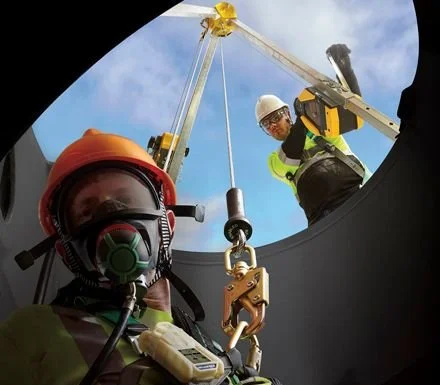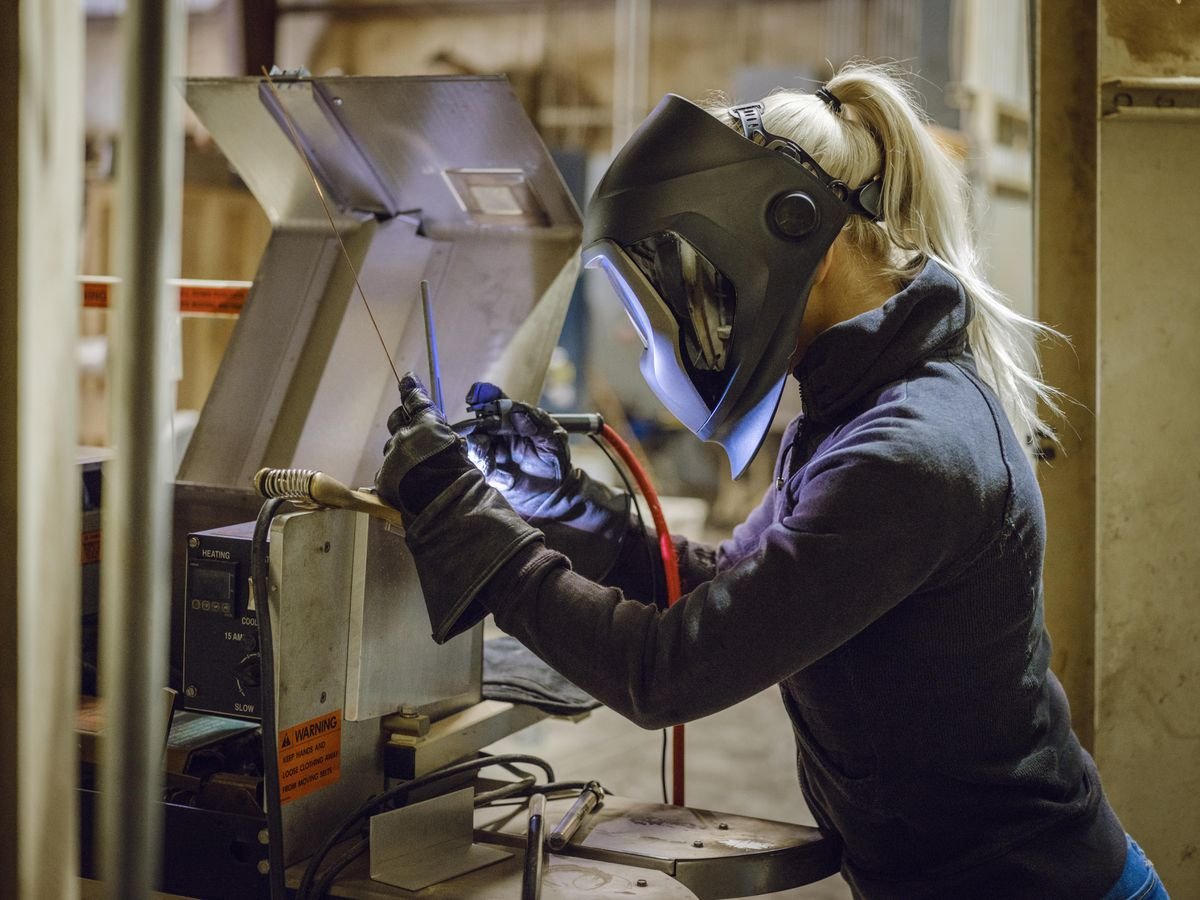Kick off 2026 by upskilling or improving your working equipment
Elevate your professional skills and secure your future in heights and confined spaces with our expert-led training programs. At Elite Training Services Ltd, we understand that knowledge is power. Our trainers are not just instructors; they are current industry workers who bring real-world experience and practical methods directly to you.
With a tough economic climate at the moment, why choose a “tick-the-box” training company, when you can get valuable real-world skills, customised to your exacting needs by Elite Training Services. Be trained in equipment that is easy to use, fully adjustable and adaptable to various situations.
We don’t offer “online” training for practical courses. Don’t be fooled by the too easy options! You might get the “tick in the box”, but that doesn’t make you a safe operator.
Why Choose Elite Training Services?
Specialist Workers as Your Trainers: At Elite Training, our trainers are Rope Access and Confined Space industry workers, that also train. So you are receiving training from workers with real-life, hands-on experience. We can answer the “curly questions”, and help you work out practical working methods for your working environment.
Industry-Relevant Training: Our courses are designed based on the latest industry standards and best practices, ensuring that you receive training that is both applicable and effective.
Hands-On Learning: With a focus on real scenarios, our training allows you to gain practical skills that can be immediately put to use in your workplace.
Quality Equipment: We supply a variety of high-quality safety equipment that meets industry standards. Our gear is the same equipment we use ourselves, so you know it’s reliable.
Invest in Your Future
Whether you're looking to enhance your skills or equip your team with the best practices in heights and confined spaces, Elite Training Services Ltd is your go-to partner. Our training and equipment will not only make you safer but also more competitive in your field.
Join us today, and accelerate your career with the confidence and skills you need to excel!
Key Industrial Courses
Working At Heights
From $295 + GST
Breathing Apparatus
$365 + GST
Confined Space & Gas Testing
From $295 + GST
PPE Inspection and Maintenance
From $295 + GST
Permit to Work & Risk Assessment
From $310 + GST
Emergency Response Team Training
Taylored to your company needs
Rope Access
Our Other Services
Equipment Sales
With an excellent range and product knowledge. We can give you expert advice to make your work easier and safer
Specialist Site Work
Rope Access Work, Water blasting, Non-Destructive Thickness Testing (NDT), Paint / Coating Inspections & Repairs
Consultation
Hand-in-hand with specialist site work, we work with businesses and Emergency Teams to create workable procedures for Heights, Confined Space, and Rescue.
Elite Training Services Limited emerged from a clear demand: to elevate the training of your staff to the same exacting standards we implement as active contractors. Unlike generic training organisations, we specialise exclusively in Rope Access, Working at Heights, and Confined Space work, ensuring our focus is razor-sharp.
In our industry, a Permit-to-Work (PTW) system is a fundamental prerequisite. Our courses are designed from a pragmatic perspective, directly reflecting our real-world experience. This approach equips trainees with a deep and practical understanding that is adaptable across their diverse industrial environments.
When we deliver training on your site, we dive into customisation. Our courses are tailored to meet your specific needs while upholding essential qualifications required for industry and NZQA compliance. This tailored experience keeps trainees engaged and invested, leading to greater retention of information—they own the course, rather than merely experiencing a one-size-fits-all model.
What sets Elite Training Services Ltd apart? Visit our “Meet our Trainers” page to discover our trainers’ extraordinary backgrounds. With expertise as Rope Access Technicians, NDT testers, Engineers, Firefighters, and Rescue Workers, our trainers deliver unmatched insights that elevate your team’s capability far beyond conventional training methodologies.
We appreciate your interest in the mission and vision of Elite Training Services. Together, we can ensure your team is not only compliant but also exceptionally skilled and prepared for the challenges ahead.
Elite Training Services Ltd, Managing Director
About Elite Training Services
Contact Us
Call us on 0800 1ELITE (0800 135483), or fill out some details here, and we will be in touch as soon as possible.
We look forward to helping you out.












